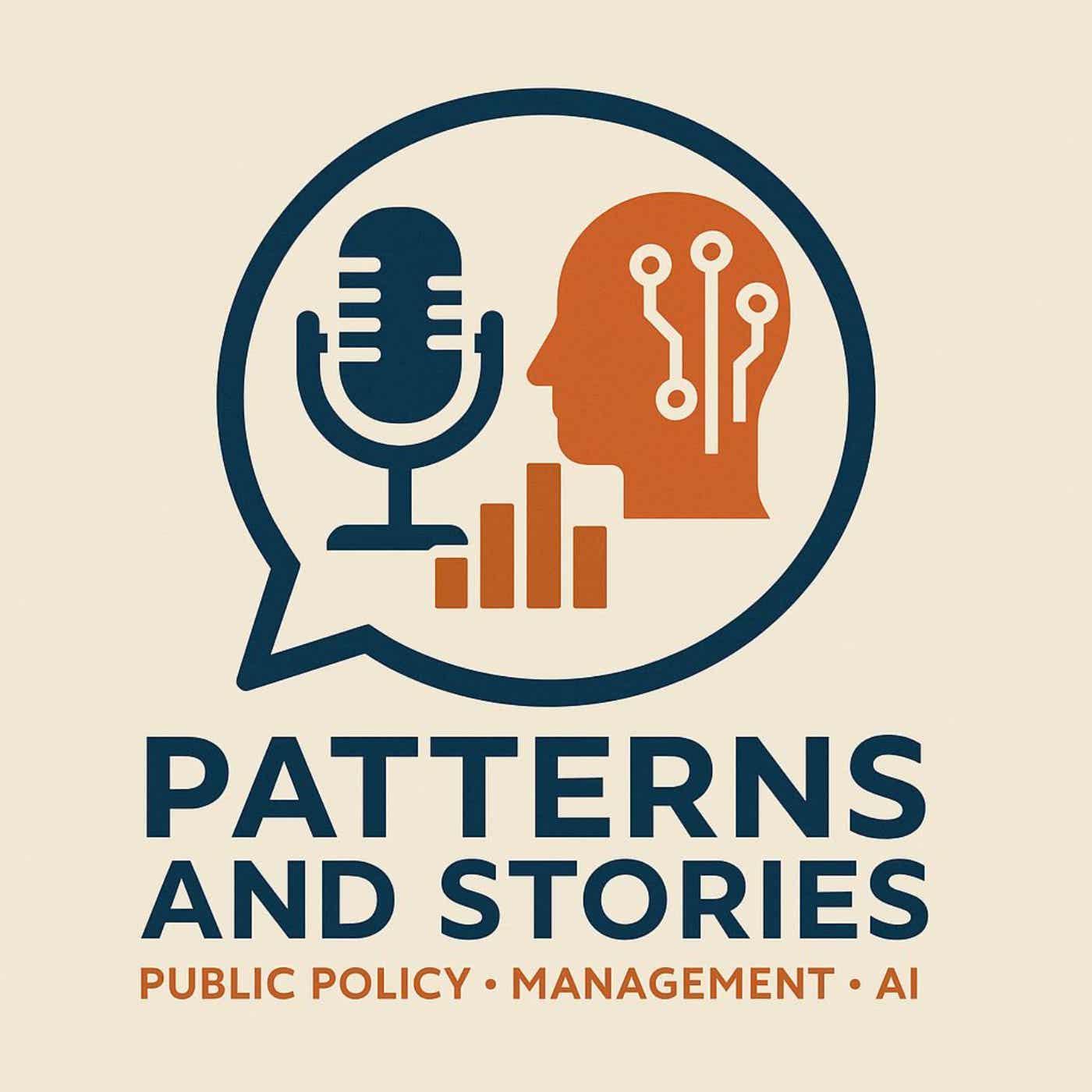Patterns and Stories Podcast

Patterns and Stories Podcast
Podcast Description
Public policy and management (by Luca Dellanna and Ismail Manik) patternsandstories.substack.com
Podcast Insights
Content Themes
The podcast explores topics related to public policy, higher education reform, and anti-corruption efforts. For instance, episodes delve into the innovative educational model of Minerva University, which emphasizes experiential learning over traditional lecture formats, and the systemic approaches of Transparency International in combating corruption globally. The focus is on challenging existing paradigms and highlighting actionable solutions for contemporary issues.

Public policy and management (by Luca Dellanna and Ismail Manik)
Welcome to another episode of Patterns and Stories. Joining us today is Yohan Iddawela, a data scientist at the Asian Development Bank. Yohan studies the use of satellite data as a tool for estimating economic development in areas where reliable economic data may be scarce.
We are your hosts, Luca Dellanna and Ismail Manik.
The AI-generated transcript was lightly edited for grammar and fluency.
Highlights
* “What’s probably most interesting for development practitioners, public policy practitioners, is how we can use this type of alternative satellite-based data to proxy for economic activity, particularly when official statistics are not present or are not of high quality.”
* “We went to Uganda and were trying to understand why the manufacturing industry in Kampala was somewhat stagnating. We had a number of different theories around why that was the case. We thought it could be related to the high cost of imports, the exchange rate depreciating, and the high cost of borrowing. So interest rates were really high, electricity wasn’t very stable, and so on. We went in and surveyed about 150 different firms of all sizes to work out what the actual problem was. And something really interesting came back, which we didn’t expect. A lot of these people we interviewed said one of the main problems was around the quality of local governments.”
* “I feel like large language models are reducing the barrier to working with this data because now you can work with it using natural language. […] It might require some sort of debugging, and I feel like it moves you from being someone who creates code to someone who edits code.”
Links
This is a public episode. If you would like to discuss this with other subscribers or get access to bonus episodes, visit patternsandstories.substack.com

Disclaimer
This podcast’s information is provided for general reference and was obtained from publicly accessible sources. The Podcast Collaborative neither produces nor verifies the content, accuracy, or suitability of this podcast. Views and opinions belong solely to the podcast creators and guests.
For a complete disclaimer, please see our Full Disclaimer on the archive page. The Podcast Collaborative bears no responsibility for the podcast’s themes, language, or overall content. Listener discretion is advised. Read our Terms of Use and Privacy Policy for more details.